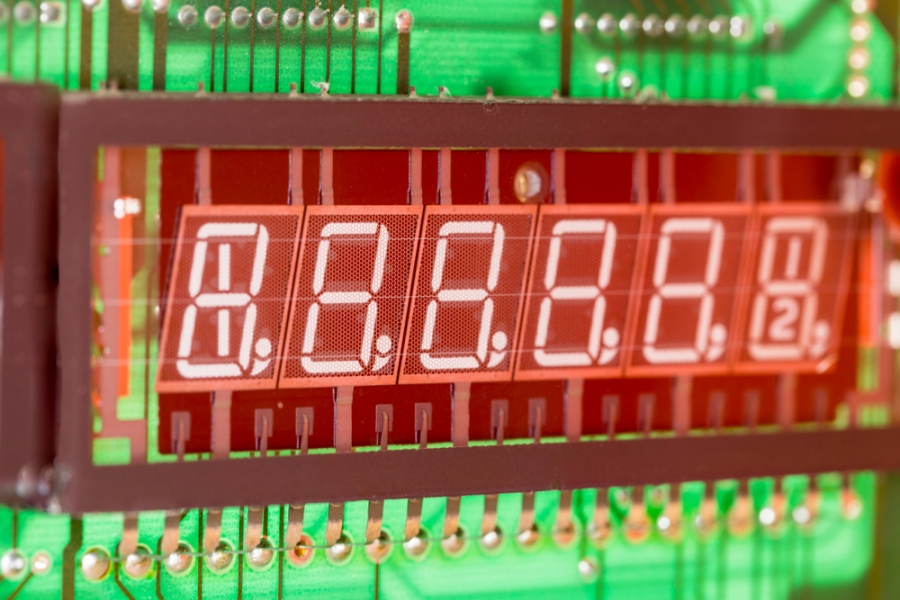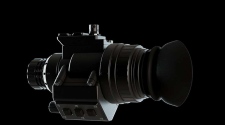Has it ever happened to you that you wake up at midnight wondering whether it’s time for you to rise out of bed yet?
You may have knocked over something to the floor while reaching for your alarm clock, waking the entire household!
Well, you may be saved from this chaos if you use electronic alarm clocks with VFD displays. They are bright enough for you to see even in darkness – without moving an inch from the bed. And today, we’ll discuss how these VFD displays work. If you’re interested, read on to know more.
How a VFD Display Works
VFDs are usually just as luminous as LEDs. However, the words, letters, and numbers are easier to read using the VFD display.
Now, you might wonder how this actually works.
A VFD functions in the same way as a cathode-ray tube (CRT) television. It uses 3 electrodes or electrical terminals locked inside a vacuum glass bulb. The following steps will show the process elaborately:
- Electron Production
A heated tungsten filament, which is usually the negatively charged cathode, produces electrons. It happens when the heat excites the electrons.
- The Glow Caused by the Electrons
Each of the display segments, which is the positively charged anode, is coated using phosphor. When the phosphor-layered segments are hit by electrons, they emit light. This light is mostly a ghost green color.
- The Controlling of the Electron Flow
A thin metal mesh, known as a grid, lies between the anode and cathode. This can be turned on or off to control electron flow from cathode to anode.
As the cathode is charged negatively and anode positively, electrons flow from the former to the latter naturally.
If one likes to stop the light from glowing, one can just charge the grid negatively, causing electrons to repel further from the anode. Another simple way is to switch a display segment on/off. This way, the display brightness can also be controlled.
Charging the grid with more positive charges means accelerating the electrons, so they emit more light. A brighter display means a higher positive (+ve) grid voltage.
Some Advantages of VFD Display
Now that you know how a VFD display works, let us see some of its advantages:
- Wide Range: It functions in a vast range of temperature and lighting conditions. Thus, it is used in electric stoves and microwave ovens.
- Easy to View: VFD displays are quite easy to see in darkness and extremely bright lights. For night use, the VFD display might be dimmed.
- Attractive-looking: Lookswise, a VFD display often looks more attractive than an LCD display.
- Many Angles: A VFD display can be viewed from various angles and distances.
- Flexibility: It is very flexible as a VFD will permit selective brightness control to highlight essential areas for display.
Some Disadvantages of VFD Display
Let’s get to know some disadvantages as well.
- High Power Consumption: As they have higher power consumption than LCDs, VFDs are not suitable for digital watches, calculators, and other battery-powered appliances.
- Flickering: As the days’ pass, many segments become slightly dimmer than the rest. With continuous use, the phosphor becomes old and gives off less brightness.
















